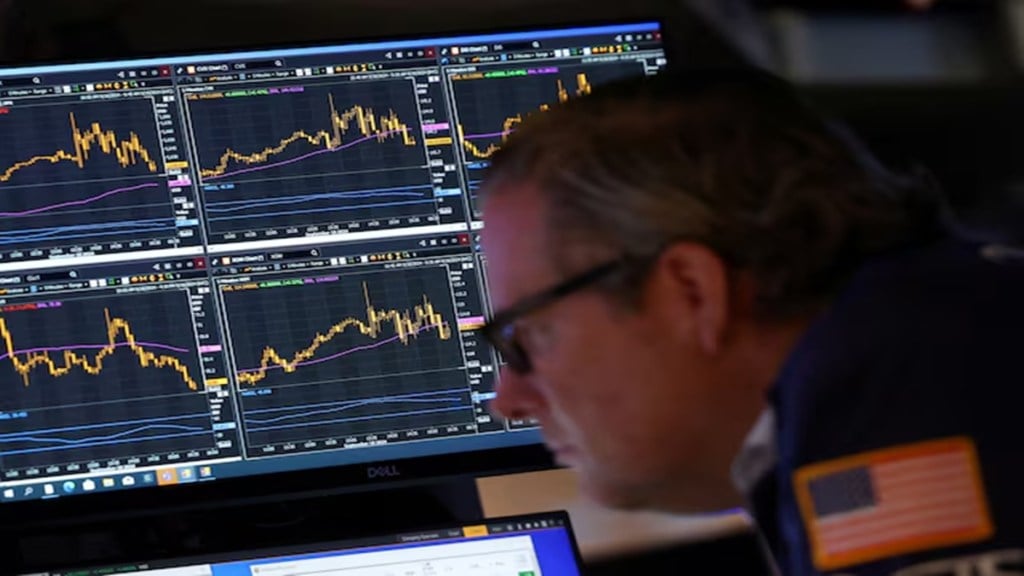The bond market is where action begins, and other markets react. At the very least, experts believe this.
The bond market appears to be responding quickly to changing economic dynamics. And it appears that this is now a worldwide phenomenon.
Both the US and Japanese 10-year bond yields rose sharply at the start of the week.
Following a volatile session on Monday in which the benchmark briefly reached a one-month high, the yield on the US 10-year Treasury increased 7 basis points to 4.52% on Tuesday.
The 30-year bond yield is at 5.008, near the highest level since November 2023. The yield on benchmark U.S. 10-year notes rose 3 basis points to 4.535%, near the highest level since April 11.
In the absence of buyers and increased selling pressure, bond prices keep falling, and in turn, the yield moves up.
Longer yields increase government net interest costs and deficits, affecting the dollar and foreign demand for US assets like Treasuries.
But why are global investors selling US Treasuries?
As markets were dealing with tariffs, the mounting American debt issue popped up out in the open. Moody’s Ratings downgrade of the US was a big blow. Citing worries about growing public debt and a widening budget deficit, Moody’s lowered the US credit rating from Aaa to Aa1 on Friday.
These fiscal worries were further intensified by the approval of President Trump’s tax-cut legislation by a key congressional committee. Investors are concerned that the tax bill may increase the debt load beyond the earlier expected amount.
The US economy seems to be facing pressure on many fronts, and markets are currently discounting all those negative factors.
Investors globally are gradually swapping Treasuries for other safe-haven assets. Gold rose to around $3,300 on Wednesday, nearing a two-week high and building on a more than 2% gain from the previous session.
Rising yields reflect a rising interest rate scenario. That makes Powell’s task much more difficult, given he has not cut interest rates since January, despite Trump’s pressuring him to do so.
Fed officials, including Powell, maintain a cautious tone. New York Fed President Williams and Atlanta Fed President Bostic signaled that policymakers are unlikely to consider interest rate reduction in the foreseeable future. Markets are presently pricing in two 25-basis-point rate cuts before the end of the year, probably in September and December.
US Treasury markets faced similar pressure in April due to Trump’s tariff pledges, but the sell-off stopped after tariffs were paused.
Effectively, the long-dated Treasury yields are rising, while the dollar eased due to U.S. debt load and tax-cut bill concerns following Moody’s downgrade of the country’s sovereign credit rating.
The US still remains one of the best places to invest. The rise of yield may be a sign of times when investors are curtailing their exposure to US treasuries.
Japanese Yield
Japan is facing a similar concern of rising yields, indicating rates are going to increase in the long term. Japanese government bonds’ yields reached record highs on Tuesday due to a disappointing debt auction, fueled by investor concerns about a lack of demand.
The potential for additional fiscal stimulus and above-target inflation is causing an increase in yield pressure. Investors are concerned about new fiscal stimulus ahead of a Japanese upper house election in July.
Japan’s 10-year government bond yield trades around 1.52% on Wednesday, remaining at its highest level in over a month. The 30-year yield rose to as high as 3.185%, a new record. The 40-year yield touched an all-time peak of 3.635%.


